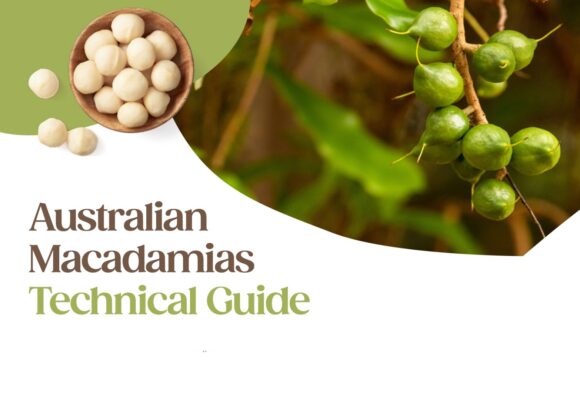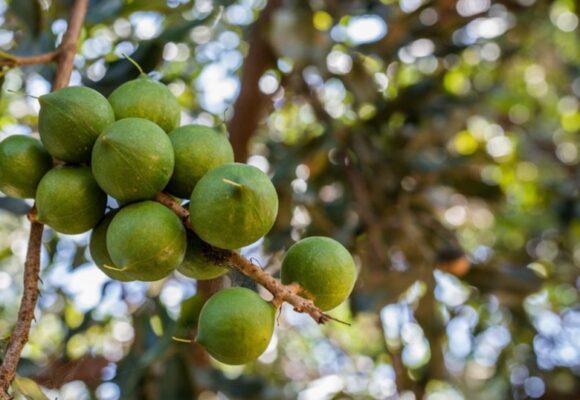Demand for macadamias hits new records
Supply
Limited growth in overall global macadamia production is anticipated for 2019, with minimal inventory expected leading into 2020.
The Australian crop forecast has been reduced to 42,900 tonnes (at 3.5% moisture) following an abnormally long, hot and dry summer that produced a smaller nut size. China has also been impacted by drought with extended dry periods triggering a crop forecast reduction down from 29,000 tonnes to around 20,000 tonnes.
There appears to be upside with the South African crop which was forecast at 58,500 tonnes in May but is now predicted to exceed 60,000 tonnes. South Africa has recovered from its severe drought and has experienced favourable weather conditions for the 2019 season.
Demand
Demand for macadamia kernel from key markets has continued to rise. Imports to the five biggest volume markets that collectively consume around 70% of global kernel production increased by 27% in the 12 months to April 2019, with value rising by 40% to US $519 million.
The 12 months to April 2019 was a year of records. Imports to Europe peaked at 7,389 tonnes which significantly exceeds any prior year on record, the previous highest being 5,770 tonnes in 2011. The USA also recorded its highest level of imports and, combined with its own production, remains the single largest user of macadamia kernel in the world, exceeding 16,000 tonnes. There was strong growth in imports to Japan at 2,887 tonnes, surpassing the previous record of 2,798 tonnes in the 12 months to April 2013. Australian kernel sales to the domestic market also exceeded all prior records at 4,050 tonnes.

Product innovation continued strongly in the 12 months to June 2019 with 372 new products launched. Of the 87 products launched in the second quarter of 2019, 77 (88%) used macadamias as a ‘selling proposition’ – up from 74% in the previous quarter. There was a promising increase (7%) in the number of new products launched by countries not regarded as established markets.
This level of innovation activity is encouraging, and aligns with the Innovation Initiative, the Australian macadamia industry’s 3-year international marketing strategy designed to foster an environment for new product development with macadamias and support those food manufacturers eager to invest in our product.

Australian sales
Corresponding directly to growth in global demand, Australian kernel sales grew strongly (+28%) in the 12 months to June 2019. Growth was across the board with the strongest being in sales to USA (+72%), Germany (+62%) and Japan (+38%). Sales to other Asian and European markets also grew strongly indicating a broadening of distribution beyond established markets. In-shell sales fell by 16% in the period, aligning with Australia’s focus on developing and supporting kernel markets.



